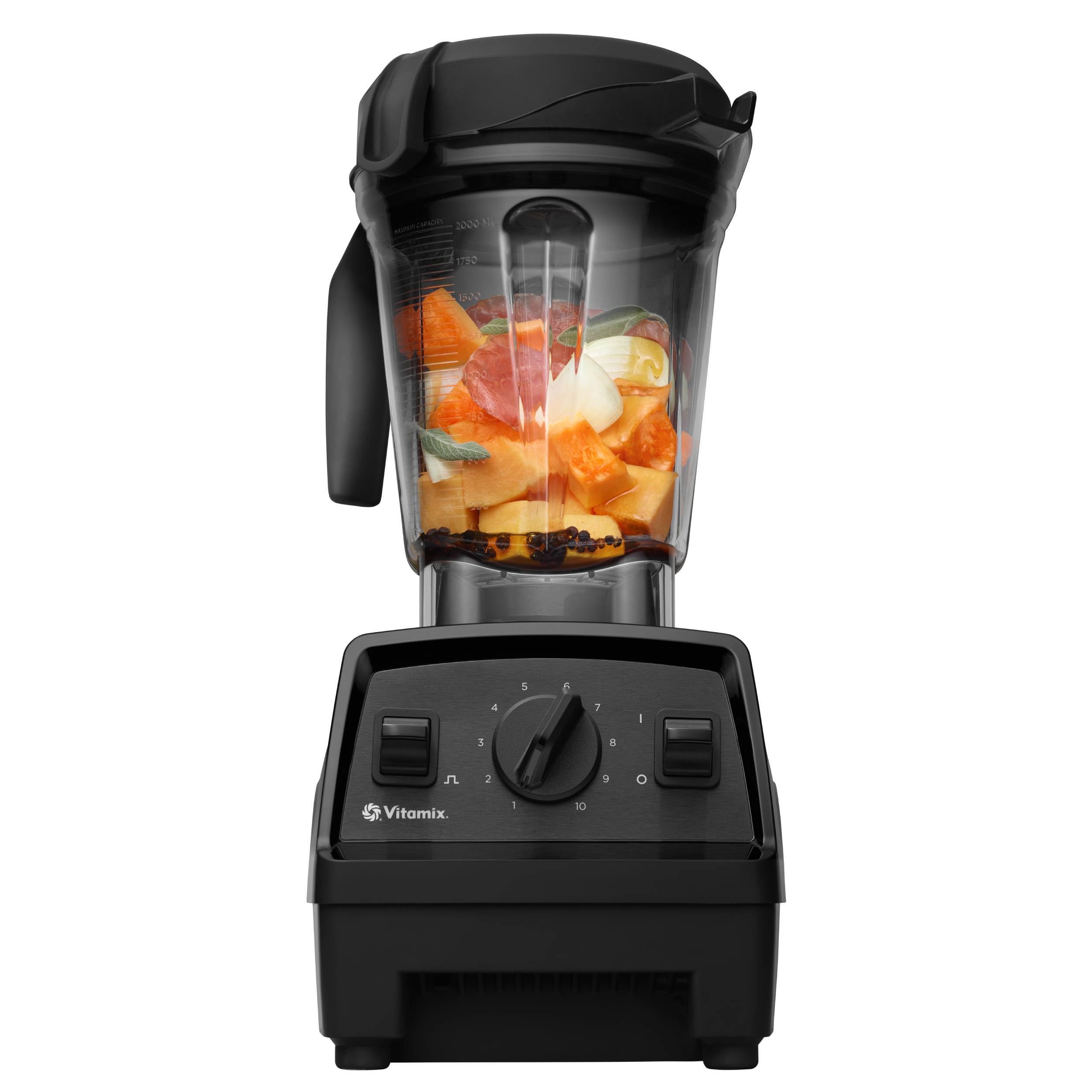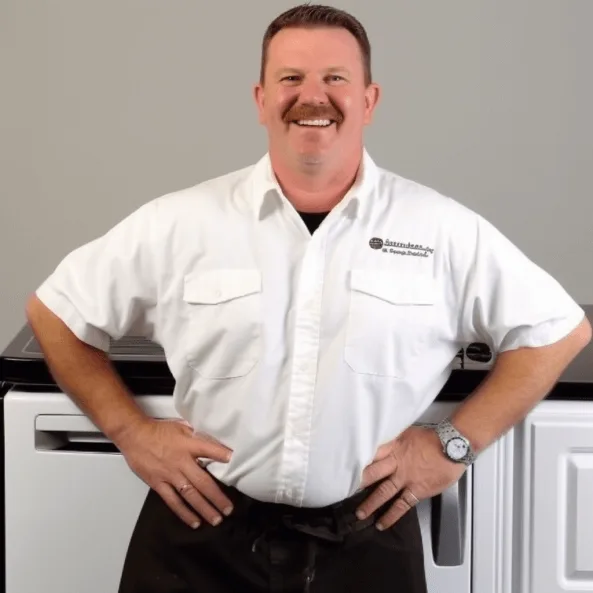Have you ever found yourself shivering in your living room, wondering why your pellet stove won’t turn on? You’re not alone. Many people face this frustrating issue, especially during the colder months when staying warm is a top priority.
Key Takeaways
- Understanding Pellet Stoves: Pellet stoves are efficient heaters that use compressed wood pellets, and they require a proper operating mechanism involving a hopper, auger, and thermostat to function effectively.
- Common Causes of Power Issues: Power failures in pellet stoves can stem from electrical problems like faulty outlets, tripped circuit breakers, or damaged wiring, as well as mechanical issues such as auger jams or faulty thermostats.
- Troubleshooting Steps: Start troubleshooting by checking the power source and wiring, then inspect the control board for any error codes or malfunctions to determine if the stove is indeed receiving power.
- Preventive Maintenance: Regular cleaning, inspecting power cords, testing the thermostat, and using high-quality pellets can help maintain your pellet stove’s efficiency and prevent power issues.
- Importance of Professional Inspections: Annual inspections by qualified technicians can reveal hidden electrical or mechanical problems, ensuring safe and effective operation of your pellet stove while preventing future power disruptions.
Understanding Pellet Stoves
Pellet stoves offer an efficient heating solution and use compressed wood pellets as fuel. Understanding their structure and operation can help you troubleshoot problems like power issues.
What Is a Pellet Stove?
A pellet stove is a type of heater that burns wood pellets for fuel. These pellets are made from compressed sawdust, making them an eco-friendly choice. Pellet stoves come in various sizes, suitable for different spaces. Most models feature a hopper that stores the pellets, an auger that feeds them into the combustion chamber, and a heat exchanger that provides warmth to the room.





How Pellet Stoves Work
Pellet stoves operate on a systematic process. First, the hopper holds the wood pellets, allowing for easy loading. When the stove is turned on, the control panel activates the auger. The auger moves a specific amount of pellets into the combustion chamber, where they ignite.
A fan circulates air to assist with combustion and distribute heat. The stove’s thermostat controls the temperature, adjusting the pellet feed rate as needed. When there’s no power, the stove can’t perform these functions, leading to heating disruptions. Understanding this process helps identify potential issues if your pellet stove fails to operate.
Causes of No Power to Pellet Stove
Understanding the causes of power issues with your pellet stove can help you troubleshoot effectively and restore warmth in your home.
Electrical Issues
Electrical problems often lead to a pellet stove’s failure to start. Check the following aspects:
- Power Source: Ensure the stove is plugged into a functional outlet. Test the outlet with another device to confirm it’s delivering power.
- Circuit Breaker: Examine the circuit breaker or fuse box. A tripped breaker or blown fuse can cut off power to the stove.
- Wiring Damage: Inspect the power cord for signs of wear or damage. Frayed wires can disrupt power flow and pose safety risks.
- Control Board: Review the control board for issues. A malfunctioning board can prevent the stove from responding.
Mechanical Problems
Mechanical aspects also play a crucial role in the stove’s operation. Consider these factors:





- Auger Jam: A jammed auger can cause the stove to shut down. Clean out any pellet blockages and ensure smooth operation.
- Thermostat Issues: A faulty thermostat may not trigger the ignition sequence. Calibrate or replace it if needed.
- Fan Malfunctions: The convection fan circulates heat and must function properly. If it’s obstructed or broken, the stove may shut off.
- Hopper Problems: Check the hopper for jammed pellets or low fuel levels. Insufficient fuel supply can lead to operational failure.
Thoroughly examining these electrical and mechanical aspects significantly helps in identifying the cause of the power outage in your pellet stove, allowing for targeted steps to get it back in working order.
Troubleshooting Steps
Follow these troubleshooting steps to identify and resolve power issues with your pellet stove.
Checking the Power Source
Start by checking the power source. Ensure your pellet stove’s power cord is firmly plugged into a functioning outlet. If the outlet’s not working, try plugging another device into it to test. Move to the circuit breaker next. If it tripped, reset it by flipping the switch to the ‘on’ position. If the breaker continues to trip, seek professional assistance, as it may indicate a deeper electrical issue.
Inspecting the Wiring
Inspect the wiring connected to your pellet stove. Look for any visible damage, such as frayed or cut wires. Ensure that all connections are tight and secure. Pay attention to the area around the control board and any exposed wiring. If you see signs of wear, replace the affected wires immediately. Loose or damaged wiring can prevent your stove from receiving power and working effectively.
Testing the Control Board
Test the control board to determine if it’s functioning properly. Watch for any error codes displayed on the control panel, as they can help diagnose issues. If your stove responds to button presses but doesn’t power up, a malfunctioning control board may be the cause. In this case, consult the manufacturer’s manual for specific troubleshooting steps or consider contacting a technician for further evaluation.





Preventive Measures
Taking preventive measures can ensure your pellet stove operates efficiently and safely. Regular upkeep and professional checks play vital roles in avoiding power issues.
Regular Maintenance Tips
- Clean the Stove: Clean the burn pot, ash pan, and heat exchange areas weekly during heavy use. Built-up ash can obstruct airflow, affecting performance.
- Inspect Power Cords: Check the power cord for frays or damage. A damaged cord can disrupt power supply and pose safety risks.
- Test the Thermostat: Regularly test your thermostat for accurate readings. A malfunctioning thermostat can prevent the stove from turning on or maintaining temperature.
- Examine Fuel Quality: Use high-quality pellets to avoid clogs in the auger and combustion chamber. Poor-quality pellets can lead to power issues and reduced efficiency.
- Check Ventilation: Ensure proper ventilation to facilitate airflow. Blocked vent pipes can create backdrafts that affect performance.
Importance of Professional Inspections
Scheduling annual professional inspections serves as a key preventive measure. A qualified technician can identify hidden issues that may lead to power problems, such as:
- Electrical Connections: Technicians can assess electrical components, including the wiring and control board, for any weaknesses or corrosion.
- Mechanical Components: Inspections can involve checking the auger, fan, and combustion chamber for wear and tear, ensuring they operate smoothly.
- Safety Checks: Professionals can perform safety checks to confirm proper venting and operation, helping avoid hazardous situations.
Investing in regular maintenance and professional inspections saves time and energy in the long run. By being proactive, you ensure your pellet stove runs efficiently and minimizes potential power issues.
Conclusion
Getting your pellet stove back in action can feel like a challenge but with the right approach you can tackle power issues effectively. By understanding how your stove operates and knowing what to check you’re already ahead of the game.
Regular maintenance is key to preventing future hiccups so don’t forget to schedule those inspections and keep an eye on the basics. With a little effort you can ensure your pellet stove keeps you warm and cozy all winter long. Happy heating!
Frequently Asked Questions
Why won’t my pellet stove turn on?
Pellet stoves may fail to turn on due to several reasons, including power supply issues, failed components, or fuel jams. Check if the stove is plugged in and the circuit breaker hasn’t tripped. If power is OK, inspect the auger and thermostat for proper functioning.
How does a pellet stove work?
A pellet stove operates by burning compressed wood pellets to create heat. The process involves a hopper feeding pellets to the combustion chamber, where they ignite. The convection fan circulates warm air throughout your space, making it an efficient heating option.
What are common pellet stove power issues?
Common power issues include problems with the power source, faulty wiring, broken control boards, or jams in the auger. Inspect these elements for defects, and if necessary, reset the circuit breaker or consult a technician.
How can I troubleshoot my pellet stove?
Start by checking the power source, ensuring it’s plugged in and the circuit breaker is functioning. Inspect wires for damage and evaluate the control board for error codes. If problems continue, refer to the manufacturer’s manual or seek professional help.
How can I prevent pellet stove issues?
Regular maintenance is key. Clean the stove, check power cords, test the thermostat, and ensure good fuel quality. Schedule annual professional inspections to assess the system and identify any potential problems before they disrupt operation.

Hey, I’m Jake. I focus on cooling systems at Appliance Mastery, like fridges, freezers, and air conditioners.
I’ve worked in appliance repair for more than ten years and I’m certified through NASTeC. I’ve seen just about every fridge issue you can imagine.
My goal is to help you fix problems without stress. Whether it’s a freezer that won’t cool or an AC that keeps beeping, I’m here to walk you through it.
